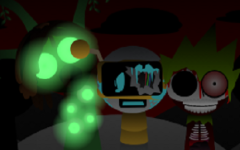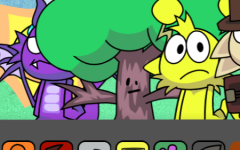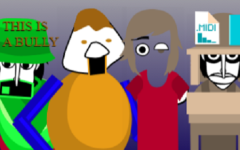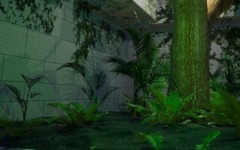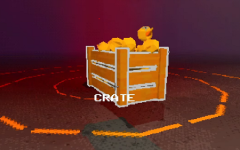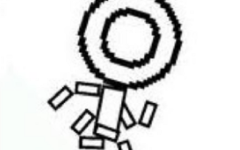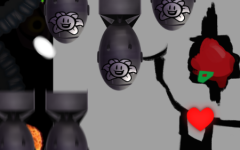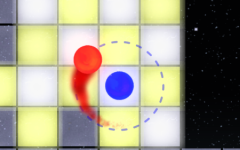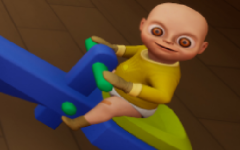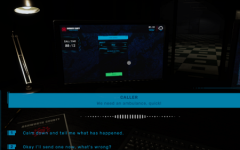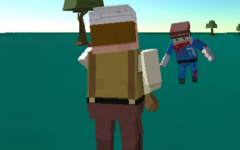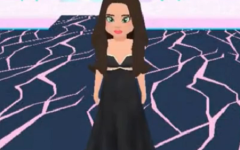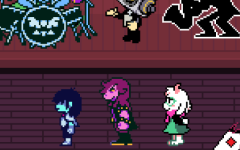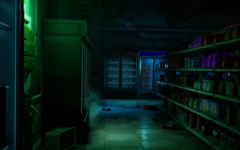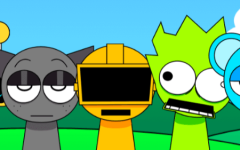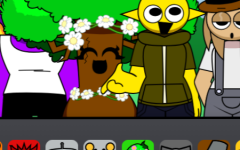Advertisement
Sprunki Wenda Treatment Cocrea
Advertisement

Sprunki Wenda Treatment Cocrea introduces a new direction for the interactive loop-building format by emphasizing dual-layer control and collaborative interaction. Instead of placing individual characters in isolation, players are now encouraged to manage overlapping timelines where visual and audio elements evolve together. The game creates a continuous feedback loop between input and output, placing more importance on coordination and rhythm offset than before.
A Focus On Layer Interaction
In Sprunki Wenda Treatment Cocrea, the grid system now supports vertical and horizontal alignment to generate layered sound movement. Characters no longer produce static loops but vary depending on their position and the sequence in which they were added. Each slot on the grid acts as both a trigger and a modifier, meaning a character may generate a completely different output if placed alongside certain others. The environment adjusts to these combinations, offering subtle visual changes that reflect the evolving rhythm.
Key System Additions
This version deepens the gameplay with additional mechanics that expand how users shape the outcome of their compositions. Rather than delivering a single sound per character, the game allows manipulation through real-time interference and sync offset.
Notable features include:
- A layered sound structure that responds to grid alignment
- Characters with dual-phase loops that evolve during playback
- Background visuals synced to volume changes and density
- Placement timing that alters both visuals and audio rhythm
- A minimal UI that focuses attention on feedback, not interface
These elements combine to create a system where performance and adjustment are part of a continuous creative process, not a final product.
Shared Spaces And Output Evolution
Sprunki Wenda Treatment Cocrea also includes a co-creation aspect, where multiple players can manipulate the same soundscape in turns or even in live collaboration. The system tracks input origin and reacts accordingly, giving different visual signatures to each player’s changes. This transforms the game into a creative conversation — one where shifts in tone, pacing, and structure reflect layered decision-making.
Rather than following fixed audio rules, the game invites players to accept flux and redirection. Sprunki Wenda Treatment Cocrea turns sound into a collective, ever-changing structure. It balances individual input with environmental influence, rewarding players who explore how small changes can ripple through both rhythm and motion over time.





















































































































